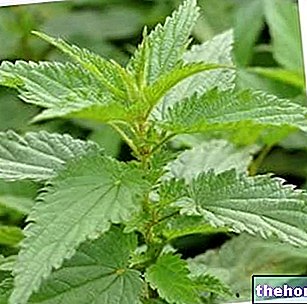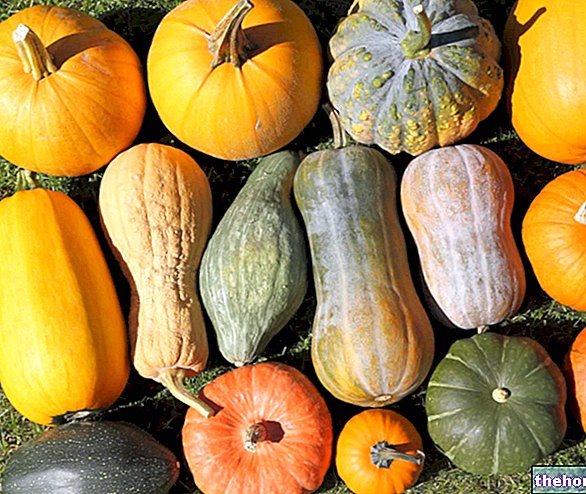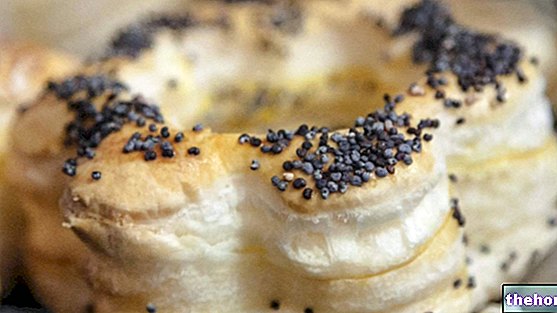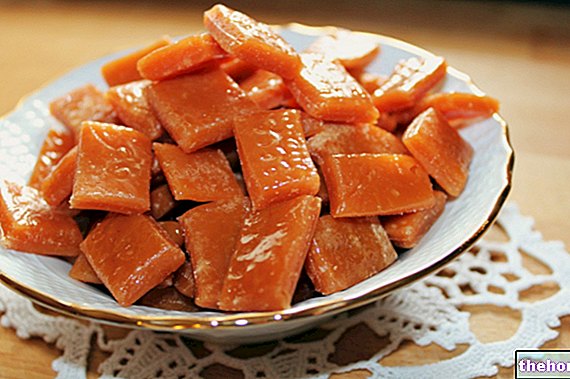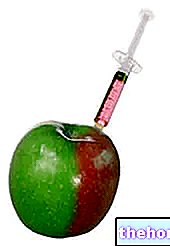Introduction
A curious variant of celery, the so-called celeriac is a very particular plant, albeit little known. Better known as celery from Verona, celeriac is a typical root vegetable, as such it is grown mainly for its root structure.
The uninviting aspect of celeriac is certainly not a point in its favor: the root, as we shall see, is globular and lumpy, which makes the vegetable visually unattractive.
Some discredit celeriac by describing it as "even less important than Jerusalem artichoke ".

Botanical description
In botany, celeriac is Apium graveolens var. rapaceum, and belongs to the Umbelliferae family. It is a plant grown in particular in Northern Italy, while celeriac is virtually unknown in the south. Celeriac has a particular root that is easily distinguishable from other vegetables: its color is brownish on the outside and white on the inside. Furthermore, the root of celeriac has a typically globular and gnarled shape, with a diameter of 15-20 centimeters. The surface is wrinkled and rough to the touch, while the leaves are tinged with a dark shade of green, and typically hollow on the inside.
The plant has a two-year cycle; the harvest, which began towards the end of August, continues until December or in any case until the first frosts.
It is advisable to buy celeriac when it reaches a weight ranging from 600 to 700 grams: this represents the ideal weight, an index of the quality of the product.
Celeriac grows easily in temperate climate areas: not surprisingly, frost can irreversibly damage the plant. In any case, the temperature should never exceed 30 ° C, in order to avoid hindering the correct vegetative development of the root.
Nutritional value
The diuretic and disinfectant properties attributable to celeriac are not widely exploited by herbal medicine, probably because they are considered less important than those of other vegetables that fully boast the aforementioned potential.
Celeriac, like celery from the coast, provides a reduced caloric intake (only 23 kcal per 100 grams of product) and consists of a considerable amount of water (88%), while the remaining 12% is divided between carbohydrates , proteins, fats and fibers (mostly). The root also consists of vitamins (in particular antioxidants) and mineral salts, such as iron, potassium and manganese.
Property
Although little exploited, celeriac boasts the same properties as common celery: useful against rheumatism, lung diseases, kidney stones, liver failure and in case of demineralization.
Active principles
Celeriac has a rather strong and intense aroma: the aromatic, almost pungent odor is due to the essential oil, mainly characterized by limonene and sedanolide, as well as a series of various monoterpenes. Due to the presence of some proteins (Api g 1, Api g 4, Api g 5), celeriac is one of the potentially allergenic foods: in this regard, the consumption of this root must be avoided by sensitive subjects or those predisposed to allergies. food.
Food uses
As can be guessed, celeriac is used more in the food sector than in phytotherapy, while still remaining a little-known vegetable even in the kitchen.
Celeriac lends itself to the preparation of salads, therefore eaten raw, but it is also a good side dish when cooked: it can be cooked in the oven, in a pan with a little oil, fried in abundant oil, but also breaded or au gratin. celeriac can be the main ingredient in soups and broths.
How to Clean and Cook Celeriac
Problems with playing the video? Reload the video from youtube.
- Go to the Video Page
- Go to the Video Recipes Section
- Watch the video on youtube
Summary
Celeriac: TO FIX THE CONCEPTS
- Very particular plant, albeit little known, better known as Verona celery
- Typical root vegetable
- Uninviting appearance
- Vegetable even less important than Jerusalem artichoke
- Botanical name: Apium graveolens var. rapaceum
- Family: Umbelliferae
- Distribution: plant cultivated in particular in Northern Italy, in areas with a temperate climate
- Root: easily distinguishable from other vegetables, 15-20 centimeters in diameter; Color: brownish on the outside and white on the inside; Shape: globular and knotty; Surface: wrinkled and rough to the touch
- Leaves: dark green, hollow on the inside
- Harvest: started towards the end of August, it continues until December
- Ideal weight for consumption: 600-700 g
- Ideal temperature: it should never exceed 30 ° C
- Kcal: 23/100 g of product
- Water: 88%
- Carbohydrates, proteins, fats, fibers: 12%
- Antioxidant vitamins
- Mineral salts: iron, potassium, manganese
Useful in case of:
- rheumatism
- lung diseases
- kidney stones
- liver failure
- demineralization
Presence of some potentially allergenic proteins → the consumption of celeriac must be avoided by sensitive subjects
- Raw: salads
- Cooked: in a pan with oil, fried, au gratin, breaded
- Ingredient for preparing soups or soups
Other Foods - Vegetables Garlic Agretti Asparagus Basil Beets Borage Broccoli Capers Artichokes Carrots Catalonia Brussels sprouts Cauliflower Cabbage and Savoy cabbage Red cabbage Cucumber Chicory Turnip greens Onion Sauerkraut Watercress Edamame Chives Chanterelles Flour Cassava Flowers Pumpkin Flour Edible Flowers Pumpkin Seasonal Fruits and Vegetables Endive Salads and Salads Strengthening Salad Lettuce Aubergines Vegetables Nettle Pak-Choi Parsnip Potatoes American Potato Peppers Pinzimonio Tomatoes Leeks Parsley Radicchio Turnips Red Turnips Radishes Rocket Shallots Endive Celery Celeriac Seeds Sprouted Spinach Truffle Valianamberi or Jerusalem artichoke laxatives Saffron Pumpkin Zucchini Vegetables - Nutritional properties OTHER VEGETABLE ITEMS Categories Food Alcoholics Meat Cereals and derivatives Sweeteners Sweets Offal Fruit Dried fruit Milk and derivatives Legumes Oils and fats Fish and fishery products Cold cuts S pezie Vegetables Health recipes Appetizers Bread, Pizza and Brioche First courses Second courses Vegetables and Salads Sweets and Desserts Ice creams and sorbets Syrups, liqueurs and grappa Basic preparations ---- In the kitchen with leftovers Carnival recipes Christmas recipes Light diet recipes Women's Day, Mum, Dad Recipes Functional Recipes International Recipes Easter Recipes Recipes for Celiacs Recipes for Diabetics Recipes for Holidays Recipes for Valentine's Day Recipes for Vegetarians Protein Recipes Regional Recipes Vegan Recipes



